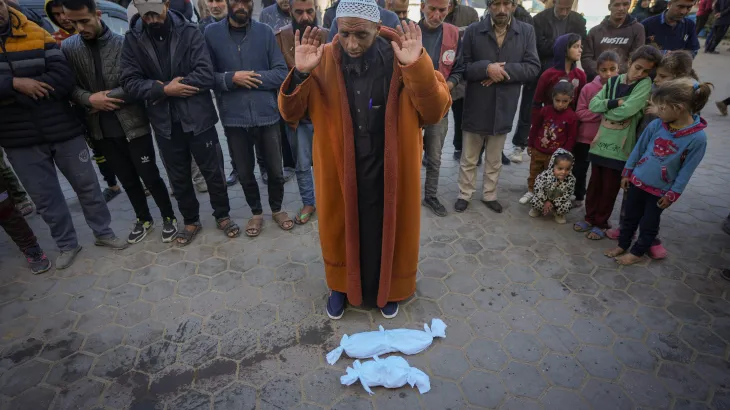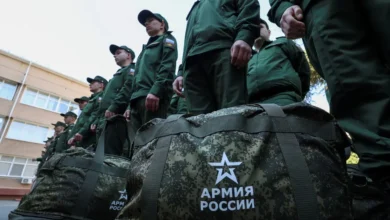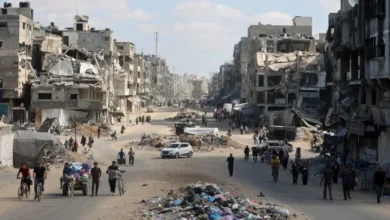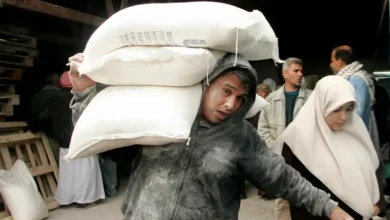Why is hypothermia killing Gaza’s children?

In just a week of cold weather enveloping Gaza, six babies across the enclave have died from hypothermia.
As Israel continues its attacks on Gaza and its hospitals, its restrictions on what can enter the Palestinian territory mean that access to winter aid and medical intervention also remain limited. Israel’s war on Gaza has killed more than 45,500 people, most of them children and women.
Here’s what you need to know about the condition that has killed several infants, and that threatens a population of 2.3 million people, most of whom are displaced from their homes, and are surviving in the bitter cold with inadequate food and drinking water.
What is hypothermia?
Hypothermia, which literally means below normal heat, is a condition that occurs when the body loses heat faster than it can produce it.
The body typically maintains a fixed, warm core temperature of about 37 degrees Celsius (98.6 degrees Fahrenheit) using various mechanisms, such as metabolic heat production, which includes digesting food or moving muscles.
The core temperature must be maintained at about this level, between a narrow range of 36.1C (97F) and 37.2C (99F), depending on the individual, time of day, and activity level. This allows vital organs, such as the brain and heart, to continue functioning properly.










